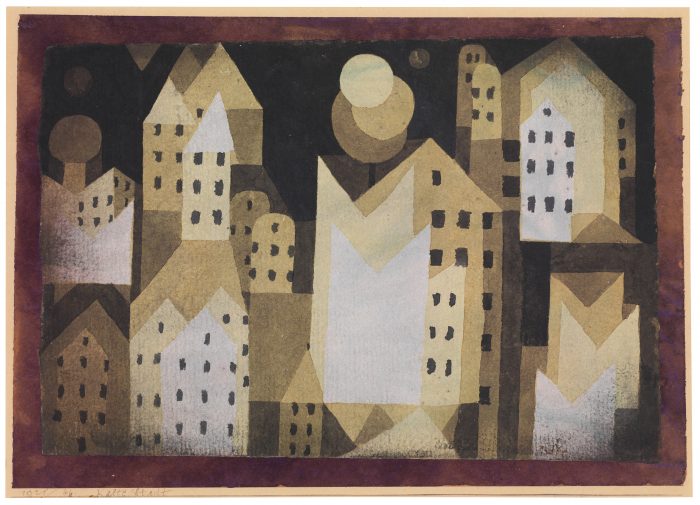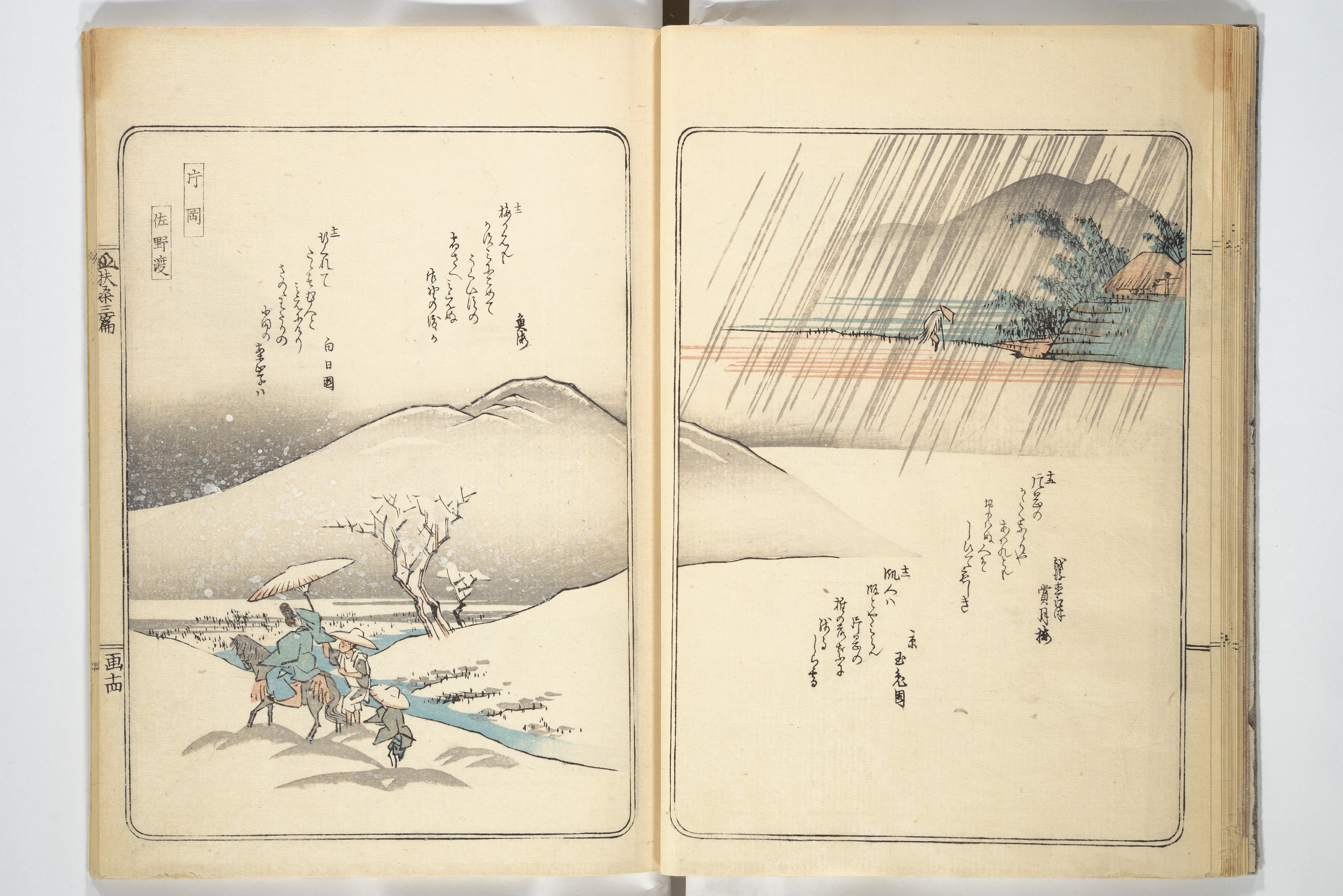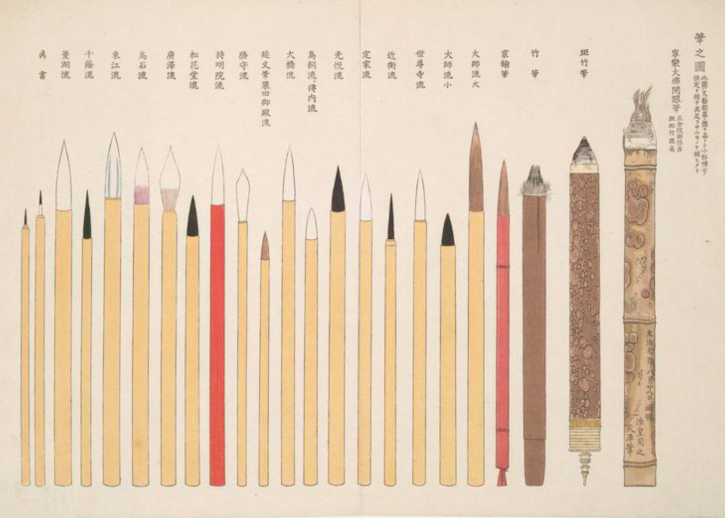Avant-garde composers of the 20th century have left a vexing legacy, beginning perhaps with one of the century’s first minimalists, Erik Satie (1866 –1925), whose career illustrates a central paradox of experimental music: it can seem to most of us totally inaccessible, alien, and frustrating, yet it is also a pervasive influence on the sound of our everyday life.
For example, we are likely to never encounter, much less could most of us endure, the full measure of Satie’s 1893 Vexations, a short piece “melancholic yet deadpan, ecclesiastical yet demonic, strangely lacking direction,” and meant, writes Nick Shave at The Guardian, to be “repeated 840 times.” Long thought an ironic joke, in 1963 John Cage took up the challenge and with a “relay team of pianists, including John Cale,” staged a marathon performance at the end of which only one person remained in the audience.
Then we have the Satie of Gymnopédie No.1, a moving composition we’ve heard countless times in films, television shows, dinner parties, restaurants, etc. This piece and others like it, argues WFMU’s Kenneth Goldsmith, mark the birth of Ambient music, or what Satie puckishly called Furniture Music. “Today,” Goldsmith writes, “Furniture Music is unavoidable,” and everyone from Brian Eno to Aphex Twin to “the entire Muzak phenomenon… owes a debt to The Velvet Gentleman.”
Both the accessible and difficult strains of the eccentric French composer have been equally influential, and “just about every radical musical movement” of the previous century “can trace its roots back to Satie.” As we move through the century—encountering the work of Dada artists, Futurists, symphonic modernists, and musique concrète and early electronic pioneers—we find an enormous breadth of experimentation, both strangely intimidating and often strangely familiar, given how pervasive its influence on film and “furniture” music as well as on contemporary composers.
If you’re new to the dissonant and playful innovations of artists like Satie, F.T. Marinetti, Kurt Schwitters, Arnold Schoenberg, Karlheinz Stockhausen, György Ligeti and other provocateurs and radicals of the early decades of the last century, you could hardly do worse by way of introduction than the double compilation album above from LTM Recordings. Titled A Young Person’s Guide to the Avant-Garde and consisting of 26 tracks in total, the compilation includes an excerpt of Igor Stravinsky’s scandalous—for the time—1913 The Rite of Spring, and John Cage’s perplexing 1952 work of silence, 4’33” and begins with a mercifully brief 3‑minute rendition of Satie’s Vexations. (If you need Spotify’s free software, download it here. If you have any problems playing the embedded playlist, please click on this link.)
We also have music from names we typically associate with visual art (Marcel Duchamp, Francis Picabia) and film (Jean Cocteau). And you will surely recognize the final piece, Ligeti’s “Atmospheres,” from Stanley Kubrick’s 2001: A Space Odyssey. The collection, writes The Trebuchet in their review, “subtly hints at the fact that film soundtracks are the closest thing we have to grand compositions these days, and in fact the seeds for change were planted long ago during the era when Continental artists and musicians took an interest in the emerging technologies of automobiles, planes, and film.”
Then, of course, there were emerging technologies of sound. A Young Person’s Guide (purchase a copy online here) ends with Ligeti in 1961, and only hints at the electronic avant-garde to come with a 1953 composition from Stockhausen. This is a shame, since the electronic revolution in music opened doors for so many female experimentalists like Pauline Oliveros, Daphne Oram, and Eliane Radigue. As it stands, the collection gives us an all-male lineup of artists—and one sure to provoke exclamations of “What about [insert name here]!”
It’s an understandable reaction to an ambitious but limited survey. For the amateur or “young person” just discovering this musical history, however, A Young Person’s Guide to the Avant-Garde offers a rich, compelling, and frequently confounding selection that can serve as a sturdy springboard for further study and exploration. Those so inspired to hear more can find it in the massive archive of The Avant-Garde Project.
Related Content:
The Music of Avant-Garde Composer John Cage Now Available in a Free Online Archive
Hear the Experimental Music of the Dada Movement: Avant-Garde Sounds from a Century Ago
Josh Jones is a writer and musician based in Durham, NC. Follow him at @jdmagness






